Winter is also a great time to travel to Tibet, but some tourists worry that it may worsen altitude sickness. However, it's important to note that the occurrence of altitude sickness is not influenced by the season or the frequency of visits.
Whether you visit Tibet during winter or summer, whether it's your first time or a repeat visit, altitude sickness can affect anyone, and its severity is determined by individual health conditions rather than the time of year.
1. What is Altitude Sickness? Why Does Everyone Experience It?
Altitude sickness, also known as acute mountain sickness, occurs when the body rapidly ascends to an altitude above 3,000 meters, where atmospheric pressure and oxygen levels decrease. It leads to various discomforting symptoms and potential complications, which are common in high-altitude regions. For most people, altitude sickness is harmless.
The Tibetan Plateau, known as the "Roof of the World," has an average elevation of over 4,000 meters. Therefore, most tourists may experience mild or severe symptoms of altitude sickness upon entering the plateau.
2. What are Common Symptoms of Altitude Sickness? Headache and Dizziness.
Altitude sickness typically appears within 4-24 hours after one reaches high-altitude regions. Common symptoms include headaches, dizziness, shortness of breath, chest tightness, loss of appetite, mild fever, fatigue, and nausea/vomiting. Some people may also experience cyanosis (bluish lips and fingertips), excessive sleepiness, mental excitement, and insomnia.
Headaches are the most common and prominent symptom at rest, often causing difficulty in sleeping and resulting in insomnia and fatigue. Physical exertion can lead to breathlessness, dizziness, and an elevated heart rate. If you engage in intense activities without allowing your body to fully adapt to the high-altitude conditions, you may even experience sudden fainting and shock.
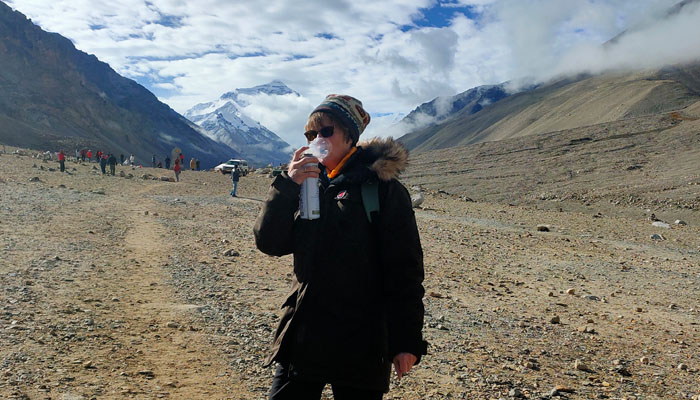 Headaches are the most common and prominent symptom of altitude sickness.
Headaches are the most common and prominent symptom of altitude sickness.Experiencing symptoms like dizziness and headaches is a normal part of the acclimatization process in high-altitude areas. Typically, specialized oxygen therapy is not necessary. Symptoms gradually subside after 1-2 days of acclimatization. The severity of altitude sickness varies among individuals due to differences in physical constitution, and there is no fixed pattern to predict its occurrence.
3. Is It Easier to Experience Altitude Sickness in Tibet in Cold Winter? Altitude Sickness is Not Related to the Seasons.
Regardless of the season, altitude sickness exists when traveling to Tibet, and this is an undeniable fact. However, in terms of seasonal differences, the impact is minimal, and the body's perception is not significant.
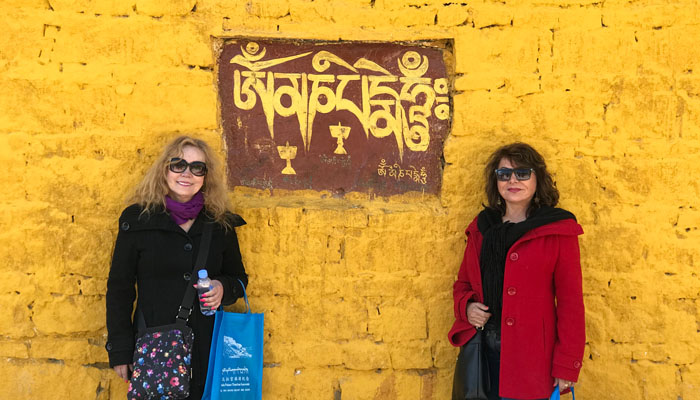 Altitude Sickness is not related to the seasons.
Altitude Sickness is not related to the seasons.Although the vegetation in Tibet is sparser and the air drier during the winter, with slightly lower oxygen levels, most people do not experience noticeable differences in their physical sensations.
Taking Lhasa as an example, the fluctuation range of oxygen levels throughout the year is small, with the highest values occurring in autumn and the lowest values in winter, but the difference between extremes is only about 3.6%. The variations in other months are even smaller, making it difficult for the human body to perceive such subtle changes.
Therefore, altitude sickness exists regardless of the time of year, and it is not directly related to the seasons. Just because the temperatures are lower in winter in Tibet does not mean that altitude sickness is more likely to occur compared to other seasons.
Whenever you choose to visit Tibet, it is essential to pay attention to the symptoms of high altitude sickness, plan your itinerary wisely, stay hydrated, take sufficient rest, and replenish your energy. If you experience severe discomfort, promptly seek medical advice from professionals.
4. Is Altitude Sickness More Severe When Visiting Tibet in Winter? No.
Many people believe that altitude sickness is more likely to occur and be more severe when visiting Tibet in winter. However, that's not the case. Despite the colder temperatures in Tibet during winter, it doesn't necessarily mean that altitude sickness will be worse during this season.
In fact, everyone has different sensitivities and adaptability to altitude sickness. Even though the pressure and oxygen levels are the same, individuals may experience different symptoms of altitude sickness.
Why do different people have varying altitude sickness symptoms? It's because the severity of altitude sickness is closely related to individual differences, including factors such as overall health, cardiorespiratory function, and muscle mass.
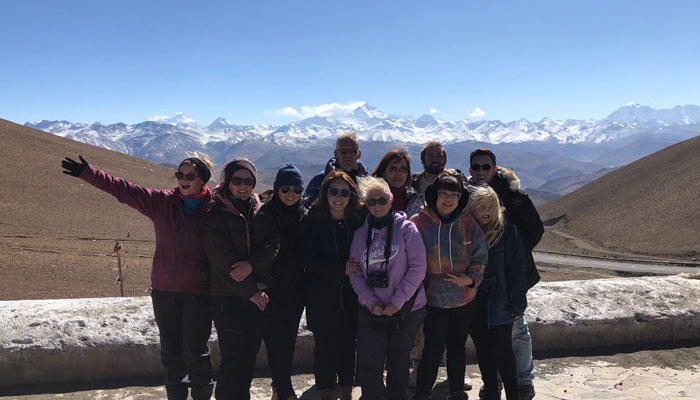 Paying a visit to the Gawula Pass in colder winter.
Paying a visit to the Gawula Pass in colder winter.For example, if someone has a cold during their high-altitude travel, the combination of low oxygen and a cold can increase the workload on the heart and lungs, leading to breathing difficulties or even symptoms of pulmonary edema. Individuals with strong cardiorespiratory function can quickly adapt to the oxygen demands of high-altitude environments, while those with weaker cardiorespiratory function may experience insufficient oxygen supply, exacerbating cardiorespiratory damage and causing symptoms like fainting in oxygen-deprived conditions.
Additionally, individuals with higher muscle mass or who are overweight may experience more severe oxygen deprivation in the same environment due to increased oxygen consumption by muscles, resulting in stronger altitude sickness reactions. For example, athletes consume more oxygen in their muscles at high altitudes, and the higher the degree of oxygen deprivation in the same environment, the more intense the altitude sickness symptoms.
Altitude sickness often follows certain patterns: stronger individuals are more susceptible than thinner ones, males are more susceptible than females, and younger people are more susceptible than older people. This is because the fundamental cause of altitude sickness is oxygen deprivation, and the severity of altitude sickness depends on an individual's tolerance to oxygen deprivation.
Therefore, while seasonal changes have some influence on altitude sickness, individual differences and physical characteristics have a greater impact on the altitude sickness symptoms. Based on our extensive experience in receiving tourists, we have not observed a higher proportion of altitude sickness among winter visitors compared to summer visitors.
5. How to Prevent Altitude Sickness When Visiting Tibet in Winter? Maintaining a Positive Mindset is Crucial!
When traveling to Tibet in winter, it is essential to take preventive measures against altitude sickness. Here are some suggestions:
(1) Maintaining a positive and optimistic mindset is crucial. Although altitude sickness symptoms may occur, there is no need to excessively worry or fear. Trust in your body's adaptability and believe that the symptoms will gradually improve.
 It is suggested to maintain a positive mindset when visiting Tibet in winter.
It is suggested to maintain a positive mindset when visiting Tibet in winter.(2) Consult a doctor before the trip to understand if your physical condition is suitable for high-altitude areas and whether you need any special preventive measures or medication support.
(3) Spend a few days in lower-altitude areas such as Lhasa or Nyingchi before heading to higher altitudes such as Everest Base Camp or Mount Kailash. Gradually increasing the altitude can help reduce the occurrence of altitude sickness symptoms.
(4) Get sufficient rest before traveling to Tibet, avoid intense physical activities, and prevent fatigue and overexertion.
(5) In high-altitude regions, especially when you first arrive, avoid engaging in excessively vigorous exercise as it can increase the burden on your body and the risk of oxygen deprivation.
(6) Ensure that your body is in a healthy state before entering Tibet and avoid catching a cold. Having a cold can increase the burden on your body, making it more vulnerable and prone to triggering or exacerbating altitude sickness symptoms.
(7) Try to avoid taking baths in the first two days in Tibet to prevent catching a cold. If you experience difficulty breathing or headaches, you can consider using supplemental oxygen for relief.
6. How to Alleviate Altitude Sickness When Visiting Tibet in Winter? Pay Attention to Every Aspect.
If you experience altitude sickness symptoms during a winter trip to Tibet, you can take the following measures to help alleviate them:
(1) Dress warmly: In winter, there are significant temperature differences between day and night. Pay attention to keeping warm in the mornings and evenings to prevent catching a cold. It is recommended to wear down jackets, thermal underwear, hats, gloves, and scarves, etc. Pay attention to keeping your head, hands, and feet warm.
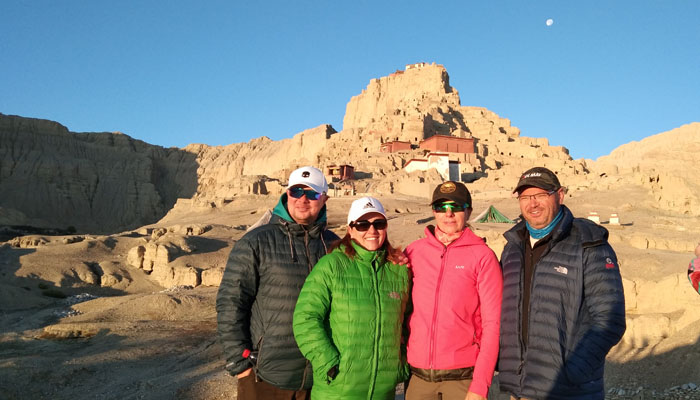 Keep warm is crucial when visiting Tibet in winter.
Keep warm is crucial when visiting Tibet in winter.(2) Maintain a balanced diet: Choose easily digestible and nutritious foods, and increase your intake of carbohydrates such as rice and noodles to provide energy. Eat more fresh vegetables and fruits while avoiding overeating and excessively greasy foods. Additionally, the air in high-altitude areas is dry, and the body is more prone to dehydration. Drinking plenty of water helps maintain hydration and can alleviate altitude sickness symptoms.
(3) Choose oxygen-supplied accommodations: When traveling to Tibet in winter, it is advisable to stay in hotels or rooms with heating and oxygen supply. This can shorten the adaptation time to the high altitude and ensure more comfortable sleep at night.
(4) Take adequate rest: If altitude sickness symptoms occur, try to avoid intense exercise and overexertion, allowing your body sufficient time to adapt to the high-altitude environment. Avoid excessive fatigue, and gradually adapt to reduce the severity of the symptoms.
(5) Oxygen therapy: In cases of severe altitude sickness symptoms, doctors may recommend oxygen therapy. Oxygen supplementation increases the oxygen content in the blood, relieving discomfort caused by oxygen deprivation.
In conclusion, when traveling to Tibet in winter, it is important to consider various aspects of clothing, food, accommodation, and activities to alleviate altitude sickness symptoms and ensure a safe and comfortable trip. It is important to note that if the altitude sickness symptoms are severe or persist despite the measures taken, it is advisable to seek medical attention promptly.
Conclusion
Whether you travel to Tibet in winter or summer, altitude sickness can occur, and the severity of the symptoms does not show significant seasonal differences. Each person's body condition is different, and the presentation of altitude sickness can vary.
Therefore, regardless of the time you visit Tibet, the key is to understand the prevention and coping methods for altitude sickness, while planning your itinerary wisely and adapting to the changes in high-altitude environment. There is no need to overly worry. With proper preparation, you can still enjoy a memorable winter trip to Tibet.




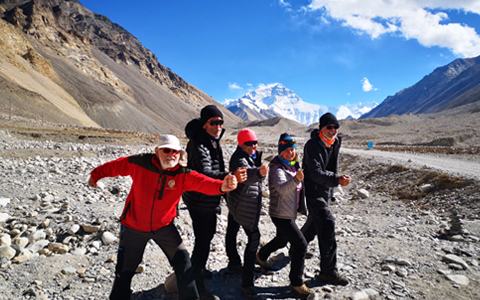
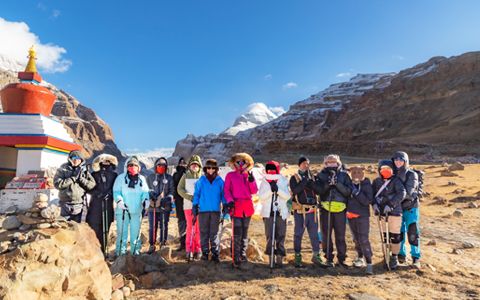
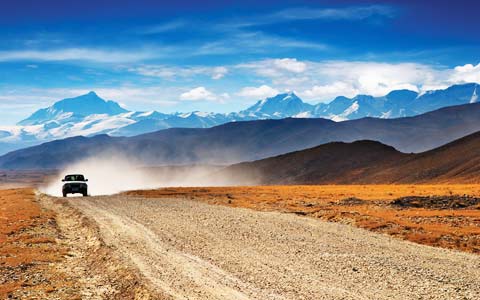
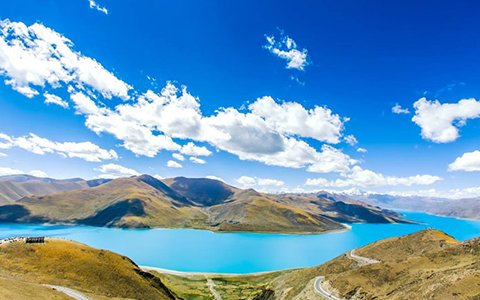
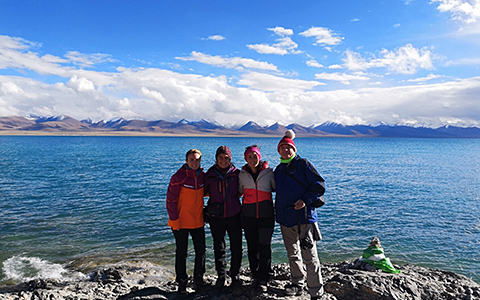
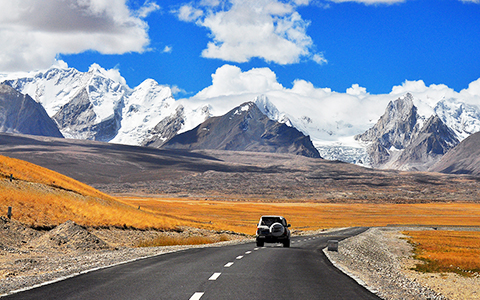
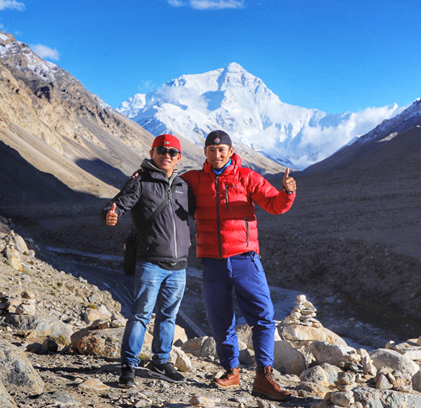


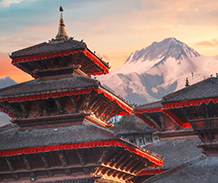





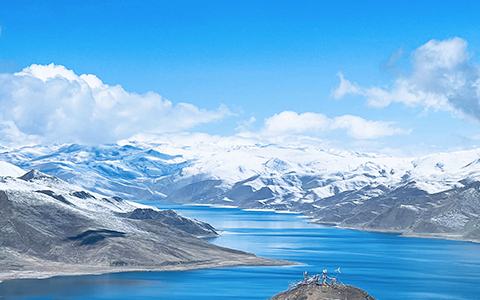

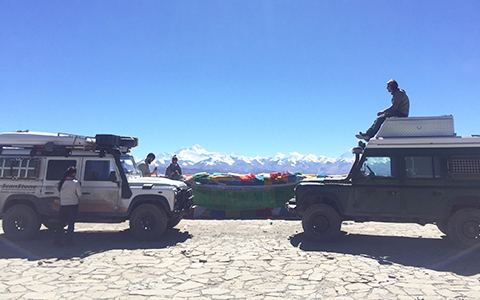



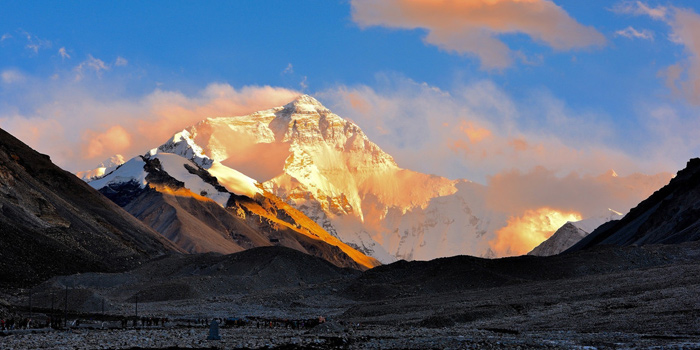
 Headaches are the most common and prominent symptom of altitude sickness.
Headaches are the most common and prominent symptom of altitude sickness. Altitude Sickness is not related to the seasons.
Altitude Sickness is not related to the seasons. Paying a visit to the Gawula Pass in colder winter.
Paying a visit to the Gawula Pass in colder winter. It is suggested to maintain a positive mindset when visiting Tibet in winter.
It is suggested to maintain a positive mindset when visiting Tibet in winter. Keep warm is crucial when visiting Tibet in winter.
Keep warm is crucial when visiting Tibet in winter.

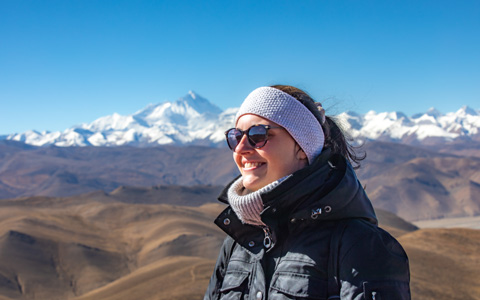
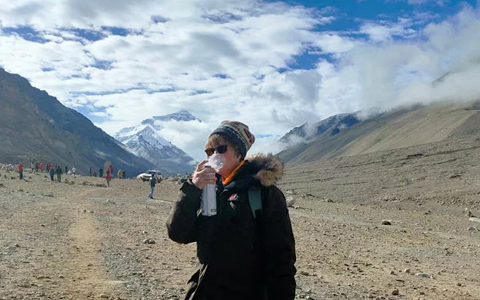
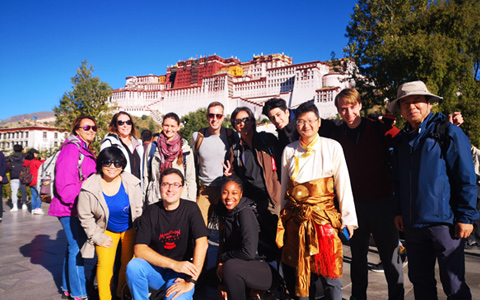
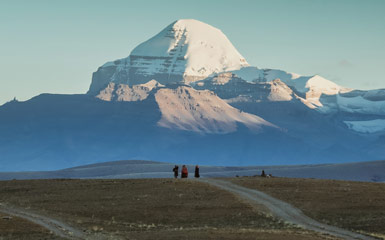

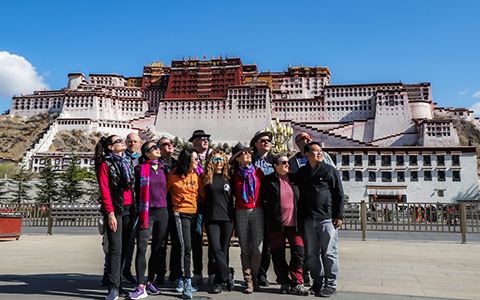

Ask a Quick Question